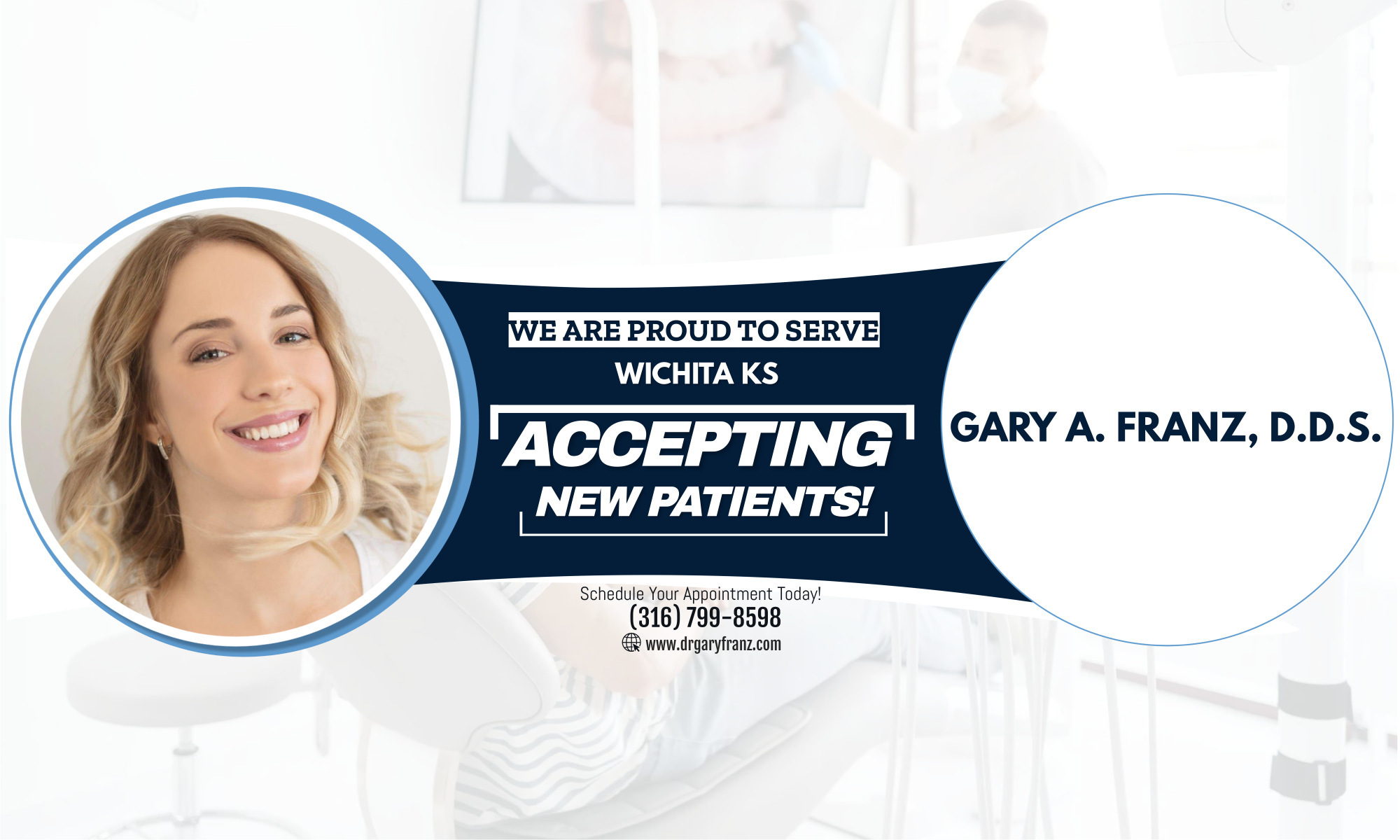Crowded or crooked teeth known as malocclusion not only spoil your smile, they also increase your risk of dental health problems.
Corrective procedures and appliances such as braces straighten teeth and correct jaw alignment.
Malocclusions are often noticed around ages 6 12, when the adult teeth begin to erupt.
The process of straightening out teeth, known as orthodontic treatment, often begins between ages 8 and 14. The best results are obtained when a child begins treatment while they are still growing.
This means its a good idea for a child to have an orthodontic evaluation by age 7. At this stage, they have a mix of baby teeth and adult teeth.
Its possible for braces to work later and even in adults but there are many advantages in starting as soon as possible.
Your dentist will be able to spot problems with emerging teeth and jaw growth early on, while the primary teeth are present.
Thats why regular dental examinations are important.
For adults, its not too late to correct problems such as crooked or crowded teeth, overbites, underbites, incorrect jaw position or jaw-joint disorders. The biological process involved in moving teeth is the same at any age.
The difference is that adult treatment takes a little longer than a child’s treatment. As an adult’s facial bones are no longer growing, certain corrections may not be accomplished with braces alone.
But, whatever your age, it’s never too late to improve your dental health and improve your smile.
